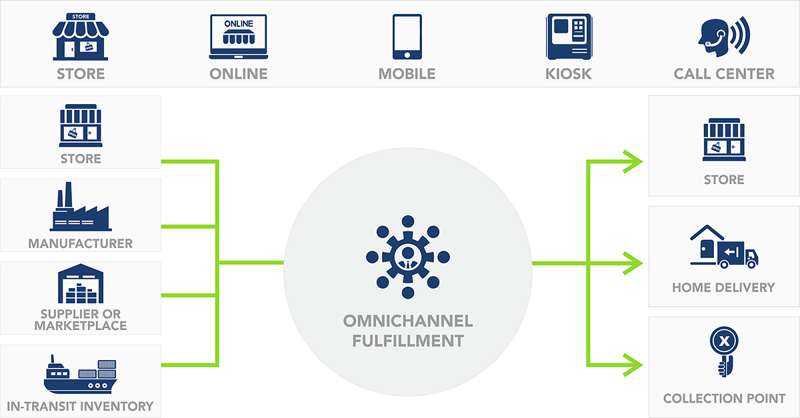We have all heard the discussion about the new normal after COVID-19, filled with social distancing, face covers, testing, and eventually, a vaccine. However, businesses are also facing a new normal, and those that are quickest to adapt will be the ones to thrive. Be it continuing to have employees work remotely, such as Twitter, or growing the use of omnichannel shipping strategies to get parcels to consumers and businesses.
While omnichannel shipping is not a brand-new normal for retail, the coronavirus pandemic has accelerated the awareness and the adoption of the strategies as more consumers turn to online shopping. And, even as brick-and-mortar stores open in various phases of COVID-19 reopening plans, the way many will shop will continue to drive omnichannel shipping for retailers going forward.
In fact, in a recent blog post by the National Retail Federation, Nikki Baird, vice president of retail innovation at retail enterprise solution provider Aptos, highlighted the continuing need for retailers to focus time and resources on omnichannel fulfillment.
“The pandemic has revealed that omnichannel is a necessity, and while it won’t be quite so central once more stores open, it will still have a lasting impact — consumers will want to know if something they’re looking for is in stock before they go to the store,” said Baird in the blog. “Consumers will want options on how to receive the goods, whether that’s pick-up in-store, at curbside, or delivered to the home.”
Omnichannel shipping needs the right technology
And with consumers leery about shopping in person, an omnichannel strategy will be even more necessary than it was pre-pandemic. According to a survey by Morning Consult, about 25 percent of respondents said they do not think they’ll be comfortable at a mall for more than six months, while roughly the same number (26 percent) said they weren’t sure when they’d feel comfortable.
Knowing this, retailers will need to adapt to a new shopping environment where consumers want products quickly and now increasingly without contact, whether orders are placed online or over the phone to be picked up at the store, or more frequently, delivered to their home from the store or other distribution avenues. While some already have a head start, others are just now adopting an omnichannel strategy as they move out of the coronavirus crisis.
For those that are newer to omnichannel shipping or ramping up their omnichannel strategy due to the shift in consumer habits and expectations in the wake of COVID-19, having a multi-carrier management system such as Transtream can help retailers ship efficiently and cost-effectively from warehouses, stores, and suppliers on a single cloud platform.
